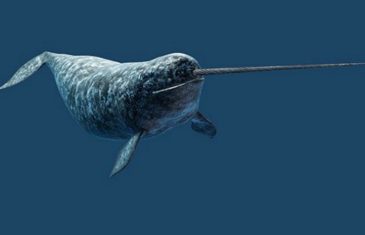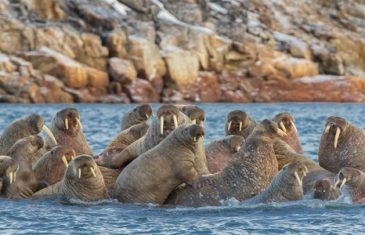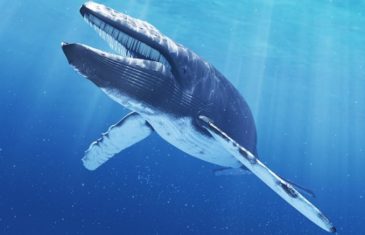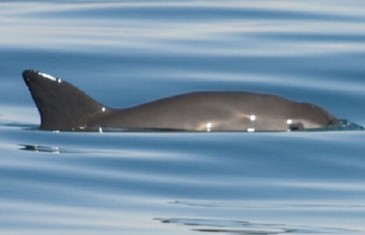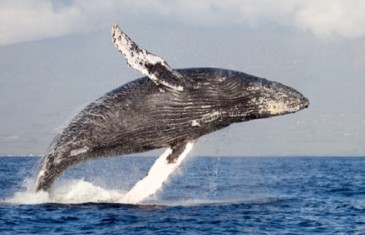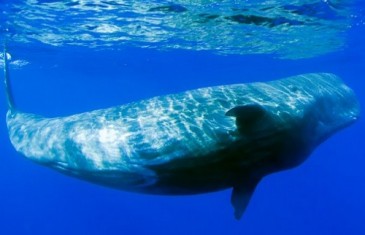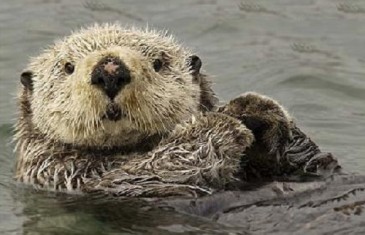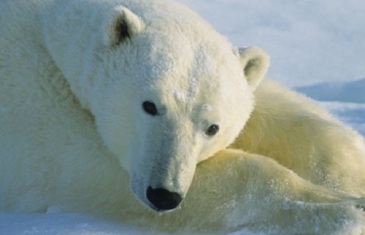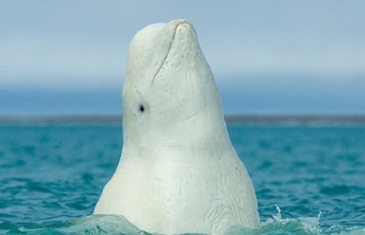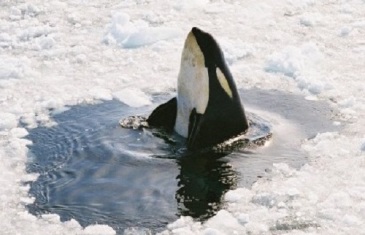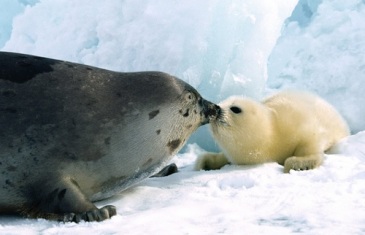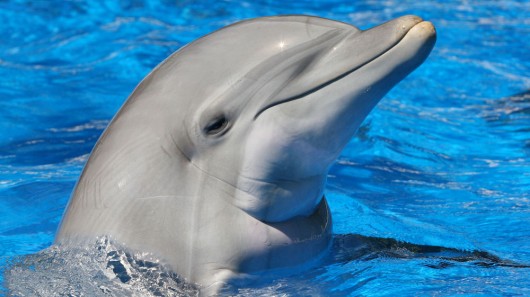Taxonomy Kingdom Phylum Class Order Family Genus Species Animalia Chordata Mammalia Artiodactyla Monodontidae Monodon Monodon monoceros Interesting facts During winter sometimes narwhals get trapped under fast forming pack ice. They attempt to keep the breathing hole open with their tusks but die of exhaustion and suffocation unable to breathe. Tusks are overgrown teeth. […]
Read more0 Conservation Status Walruses have been part of the culture of many indigenous Arctic cultures for thousands of years. They have hunted them for their meat, skin, blubber, tusks and bones. During the 19th and early 20th century its population was rapidly depleted. The Pacific species has rebounded since then but the Atlantic and Laptev […]
Read moreBlue Whale are the largest animals to have ever existed on earth, due to its size there are no Blue Whales in captivity. These animals are also the loudest animals on earth. During the 20th century the species was almost exterminated due to commercial whaling. Blue Whales can be found in all major oceans of […]
Read moreo o Name Scientific name: Phocoena sinus Common name: Vaquita, Gulf Porpoise, Gulf of California Porpoise. Vaquita is for “little cow” in Spanish. Conservation Status The vaquita is the most endangered cetacean after the was declared functionally extinct in 2006. Phocoena sinus is listed as Critically Endangered by the IUCN Red List of Threatened Species. […]
Read moreo o Name Scientific name: Megaptera novaenanglia. Megaptera is derived from the Greek mega for “large” and pteron for “wing”. Novaeangliae for New England where the humpback was first described scientifically. Common name: Humpback whale, hump whale, hunchbacked whale. Conservation Status The humpback whale is listed as Least Concern by the IUCN. Its status was […]
Read moreName Common name: Sperm Whale, Spermacet Whale, Cachelot, Pot Whale. “Spermaceti”, the organ in the head of the whale which contains an oily liquid once believed to be sperm. Scientific name: Physeter macrocephalus. Physeter is derived from the Greek word for “blowpipe or blowhole” Macrocephalus is derived from Greek meaning “big head”. Conservation Status […]
Read moreTaxonomy Kingdom: Animalia Phylum: Chordata Class: Mammalia Order: Carnivora Family: Mustelidae Genus: Enhyndra Species: Enhyndra lutris o o Name Common name: Sea otter. Scientific name: Enhyndra lutris. Enhiyndra comes from the Ancient Greek word for “water” and lutris from the Latin word for “otter”. Habitat Sea otters live in coastal areas, primarily in the ocean but they […]
Read moreTaxonomy Kingdom Phylum Class Order Family Genus Species Animalia Chordata Mammalia Carnivora Ursidae Ursus Ursus maritimus 0 0 Name Scientific name: Ursus maritimus Common name: White bear, ice bear, polar bear. Distribution and Habitat The polar bear is distributed throughout the Arctic Circle and surrounding areas. Their range is limited by the extent of sea […]
Read moreTaxonomy Kingdon: Animalia Phylum: Chordata Class: Mammalia Order: Cetacea Family: Monodontidae Genus: Delphinapterus Species: Delphinapterus leucas Name Common name: White whale, beluga whale. Its name comes from the Russian world “beloye” meaning white. Scientific name: Delphinapterus leucas. Delphinapterus means dolphin without a wing – or dorsal fin. Habitat and Distribution Beluga whales are widely […]
Read more0 Name Scientific name: Orcinus orca Common name: Orca whale, killer whale. Taxonomy Kingdom: Animalia Phylum: Chordata Class: Mammalia Order: Cetacea Suborder: Odontoceti Family: Delphinidae Genus: Orcinus Species: Orcinus orca 0 Physical Features The orca whale is the largest member of the dolphin family. They have large black body with white belly and a grey […]
Read moreTaxonomy Kingdom: Animalia Phylum: Chordata Class: Mammalia Order: Carnivora Family: Phociadae Genus: Pagophilus Species: Pagophilus Groenlandicus 0 0 Name Common name: Harp seal or Greenland seal. Scientific name: Pagophilus Groenlandicus Distribution and Habitat The harp seal (Pagaphilus groenlandicus) is a marine mammal that lives in defined breeding grounds in the Arctic. There are three populations. The […]
Read moreTaxonomy Kingdom: Animalia Phylum: Chordata Class: Mammalia Order: Cetacea Suborder: Odontoceti Family: Delphinidae, Inidae, Lipotidae, Plantanstidae, Pontoporiidae. 0 0 Distribution and Habitat There are 42 species of dolphins found around the world. Of those, 38 are marine dolphins and 4 are river dolphins. Dolphins are found worldwide and thrive in shallow seas where weather is […]
Read more